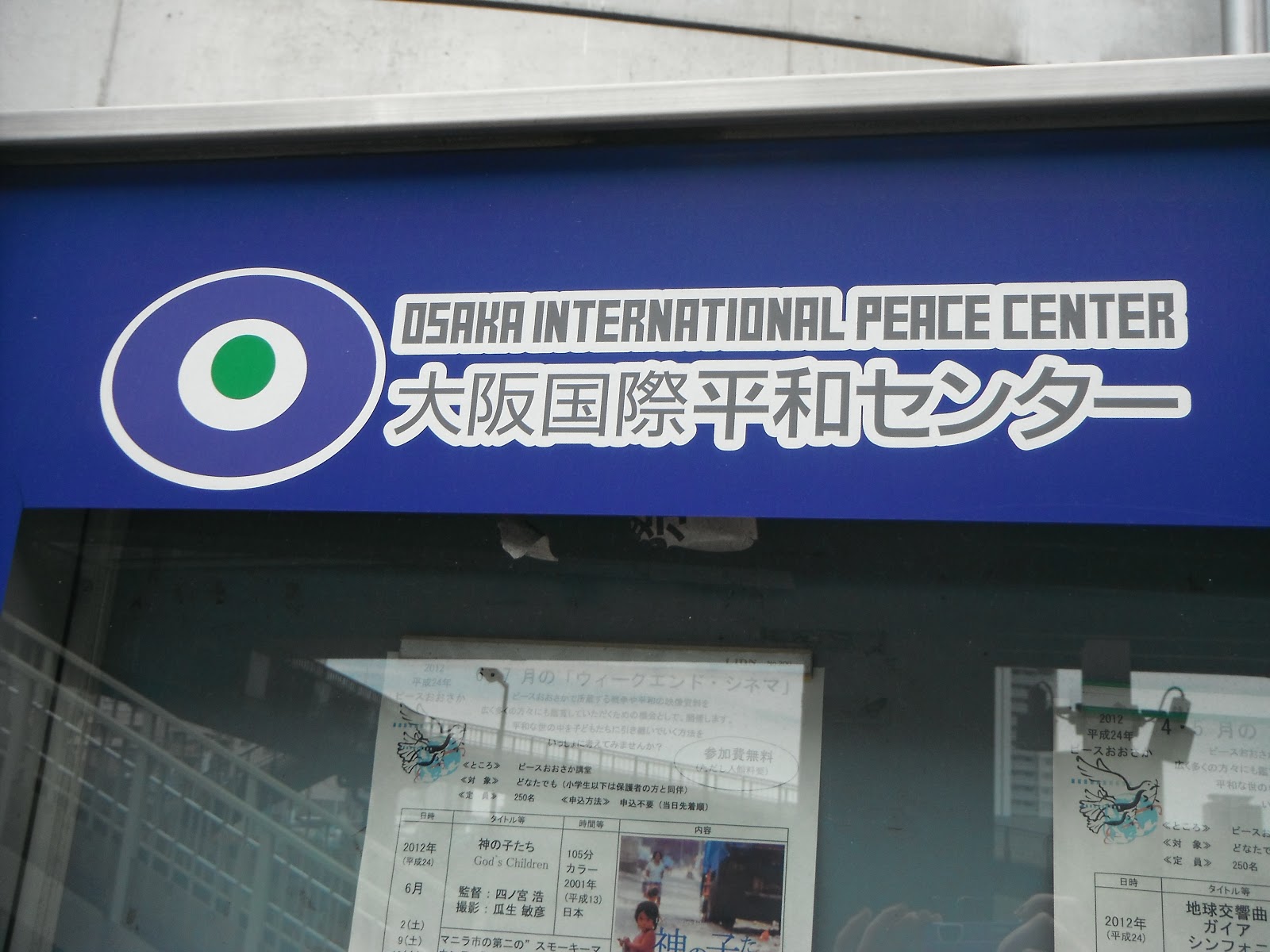As a history student, I'm fascinated by Japan's role in World War II. The atrocities committed by the Japanese army, as well as the suffering of Japanese themselves, have not easily faded from public memory. Even today, broaching the subject of Japan's wartime history has the power to create diplomatic incidents throughout Asia.
During my time in Japan so far, I've visited quite a few monuments, memorials, and museums to do with the war. While most aim to promote peace, some controversially celebrate and commemorate Japan's participants in the war, including notorious war leaders and criminals. In this post, I share my impressions of some of these places.
Hiroshima Peace Memorial Museum and Park


One of the most important museums in the world, the Hiroshima Peace Park Memorial Museum is often the main point of interest on tourists' Hiroshima itineraries. It's located near the exact spot where the atomic bomb exploded on August 6, 1945, and with the stark Genbaku Dome visible in the background, you are immediately confronted by the city's tragic history. Within the museum is a chronological background of the events leading up to the atomic bombing, with carefully included - albeit brief - mentions of Japan's own atrocities in Asia. This is followed by the aftermath of the bombing, right up until the present, focusing on the global effort to promote peace and anti-nuclear values. The final exhibit displays the human cost of the atomic bomb. It is here that you come across photographs and objects that are hard to forget - the shadow of a dead man, the charred remains of a child's tricycle and school lunch. Human hair, skin and nails, and the tiny paper cranes that a young victim, Sadako, folded before dying of cancer. It's an intense, hard-hitting place. It takes a couple of hours to go through the museum, but you'll want the rest of the day free for some quiet reflection in the park.
Kure Yamato Museum

Less than an hour's drive from Hiroshima city is the Kure Yamato Museum, a museum about Japan's maritime history. The main attraction here is a one-tenth scale model of the famous battleship Yamato, which was actually built in the city of Kure. There is also a large objects room, with examples of fighter planes and human torpedoes. It all looks very gung-ho militaristic - but the museum maintains that, rather than promoting militarism, it is more of a tribute to the scientific and technological community, and engineering excellence of the Yamato. To reflect this, on one floor is an interactive room, where you can play with ship-handling simulators and take part in science demonstrations. All exhibits are in Japanese, but you can rent English headsets that provide a simple explanation of each display.
Osaka International Peace Center (Peace Osaka)


Peace Osaka is one of the more expressly anti-war of Japan's war-themed museums. It provides insight into the air raids on Japan: while most people know about the atomic bombings, many don't realise that more people died as a result of the firebombing attacks that devastated Japan's major cities. The museum has a diorama of Osaka, showing what it looked like in the aftermath of the air raids - it's scary to see the burnt ruins of familiar landmarks. It also has a special exhibition of atrocities committed by the Japanese in China, Korea, and Southeast Asia. While this may be seen as an attempt to move away from the 'victim' narrative that has typically dominated Japan's wartime history, for some reason this exhibit, unlike the others, has not been completely translated into English - which is interesting in itself. For a museum that claims to be 'international', you have to wonder if there are some historical narratives they are trying to hide. There is also an Auschwitz exhibit, which seems strangely out of place in a museum that otherwise focuses exclusively on Japan's role in the war. Located near Osaka Castle, the museum has seen better days - it's no Hiroshima Peace Park, but still worth a visit because the subject matter is really quite unique.
Yasukuni Shrine and Yushukan Museum


Yasukuni Shrine is an infamous shrine in Tokyo that is dedicated to all those who died serving Japan in war. As the shrine is said to hold the spirits of several war criminals, Yasukuni has attracted considerable controversy. The shrine makes international news whenever Japanese politicians visit, as the visits are seen as the government's support for Japan's wartime atrocities. As a shrine, it's beautiful, and you might not even pick up on its wartime connections on first sight. But walk around the main shrine building, and you'll find some interesting statues - including a kamikaze pilot, and a monument dedicated to Justice Radha Binod Pal, the only member of the Tokyo Trials to judge Japan's leaders as not guilty of war crimes. Yasukuni Shrine also houses the Yushukan museum, a military museum that tries to show the glory of Japan's wartime actions. There is even a gift shop that sells all sort of nationalistic souvenirs, such as rice crackers with the Rising Sun ensign imprinted on them.
Yokoamicho Park and Air Raid Monument


Located in a quiet suburb, Yokoamicho Park is easily overlooked, but I think it's one of the most poignant and peaceful places in Tokyo. This park was originally intended as a memorial to those who died in the Great Kanto Earthquake, but after World War II it also became a memorial to the victims of the Tokyo firebombings. The main feature of the park is the Dwelling of Remembrance, a striking floral monument dedicated to the air raid victims. There is also a small bronze statue depicting school children victims of the bombings, and a little outdoor museum, which shows everyday items warped into metal lumps as a result of the fires that destroyed much of Tokyo. Here, the monuments, statues and objects are simply left to speak for themselves.



